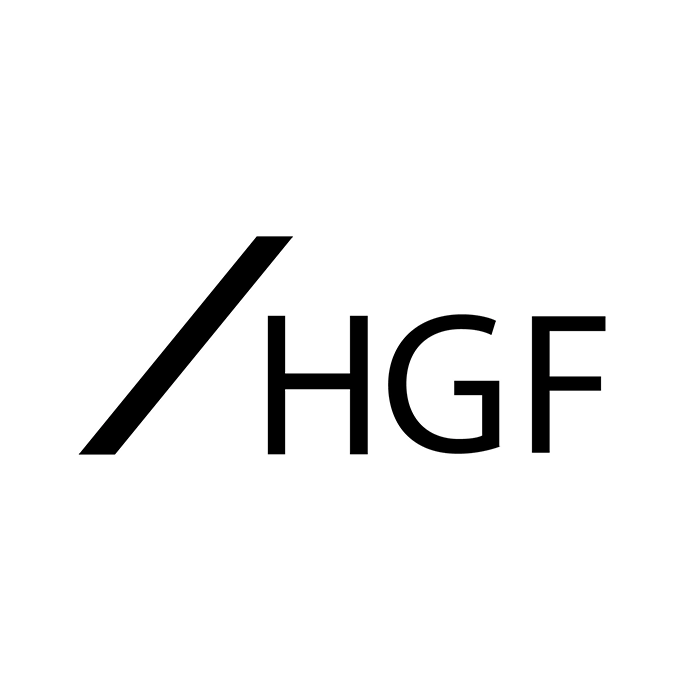Retail Scanner
Trade mark infringement on the Metaverse – a battle between Hermès and Mason Rothschild
March 2023
The MetaBirkins case has attracted attention from brand owners, artists and trade mark attorneys all over the world, as it is the first to shed light on the protection of marks in the field of the Metaverse. The verdict is finally out and Hermès has won the battle against Mason Rothschild over the use of MetaBirkins for non-fungible tokens (“NFT”).
Summary
In summary, the Manhattan federal jury ruled that Rothschild is liable on the following claims:
- trade mark infringement;
- trade mark dilution; and
- cybersquatting.
The jury also identified that Rothschild should pay Hermes $133,000 in damages on these claims.1
Background
Readers can remind themselves of:
Hermès is a luxury fashion house known for their iconic Birkin bag. Despite the exclusivity and difficulty to obtain one, from 1986, Hermès sold over $1 billion worth of Birkin handbags in the United States alone, with $100 million being sold in the past ten years.
Rothschild, a digital artist also known as Sonny Estival, creates NFTs – digital tokens that cannot be copied, substituted, or subdivided, and which act as certificates of authenticity and ownership and can appear in several different forms, including digital works of art.
In 2021 Rothschild launched two Birkin inspired NFT projects. The first concerned a digital image known as the ‘Baby Birkin’, depicting a 40-week-old foetus gestating inside a transparent Birkin handbag. The NFT linked to the ‘Baby Birkin’ sold for $23,500 and later resold for $47,000.
The second project was a collection of one hundred digital images called ‘MetaBirkins’ which eventually became the basis of this dispute. Each image depicted a faux-fur-covered Birkin handbag which through June 2022, sold for over $1.1 million.
The Law
Hermès took Rothschild to trial alleging that use of the mark MetaBirkins in relation to NFTs for digital depictions of faux-fur covered Birkin handbags infringed its trade mark rights and diluted the distinctive nature and goodwill associated with it. It also claimed that use of the domain name https://metabirkins.com, was confusingly similar to the Birkin mark, and so was liable for cybersquatting.
The basis for trade mark infringement generally revolves around the similarity of marks and goods/services, and whether this will give rise to consumer confusion. The trade mark rights that Hermès relied on covered, inter alia, Class 18 goods including handbags, but not virtual handbags. The key question, therefore, was whether virtual goods linked to NFTs are considered similar to their real life counterparts.
Rothschild made a defence, claiming its use of MetaBirkins was an artistic expression of fashion’s fur-free initiative, which should be protected under the United States Constitution’s First Amendment.
In this regard, the jury applied the ‘Rogers Test’ to the case, which identifies that artists can use trade marks in titles of works of art, provided it is artistically relevant to the underlying work, or the title does not explicitly mislead the public regarding the origin of the source of the underlying work. The question therefore evolved into considering how consumers would perceive the work and whether the work was an artistic expression or a pecuniary attempt to take advantage of Hermès’ brand name.
Hermès was able to convince the jury that Rothschild’s use did not qualify for artistic protection, by filing survey evidence to show actual consumer confusion on the market, snippets of Rothschild’s communications with investors about how he was in a position to bully a million dollar corporation and make money from the projects whilst also identifying Hermès’ intentions to enter the NFT market at a later stage. In support of this, in August 2022, Hermès filed a trade mark application for Birkin in Class 9 for virtual goods.
The jury concluded that consumers, when purchasing the MetaBirkins NFTs, understood that they were buying them to exclusively own the digital image alongside the NFTs. It was also found that the digital image of a handbag would be considered close enough to handbags to constitute infringement.
Rothschild has indicated it is looking to appeal this first instance decision. At the date of this article, it appears that Rothschild’s MetaBirkins website and social media pages are still live.
What does it mean for brand owners?
This is a positive outcome for brand owners as it widens the scope of protection afforded by trade marks which may not cover protection in virtual goods. Here, the test was balanced on physical products vs artistic works in the metaverse. When considering the First Amendment concerns the Court noted that depending on the circumstances, a traditional analysis could apply. Here, with Rothschild’s products being sold more as ‘wearable goods’ they could be considered commodities, rather than artistic works.
Whilst the decision is in favour of well-reputed Hermès, it may be more challenging for smaller brand owners to build its case/evidence in this regard. As such, for any brand owners looking to trade in, or be conscious of third party competitors trading in the metaverse, a tactical approach may be to file a trade mark in Class 9 for virtual goods, with an intent to use the mark within 5 years from registration in the UK. This is all the more important when considering the evidence filed in this case, which suggests Rothschild’s next target was the luxury watch brand Patek Phillipe, with ‘MetaPateks’.
Overall, this case highlights the importance of how the conflicting trade mark is being used, and whether the use indicates that the goods/services offered are commercially associated with the rights holder.
This article was prepared by HGF Trade Mark Attorney Cherry Shin.































